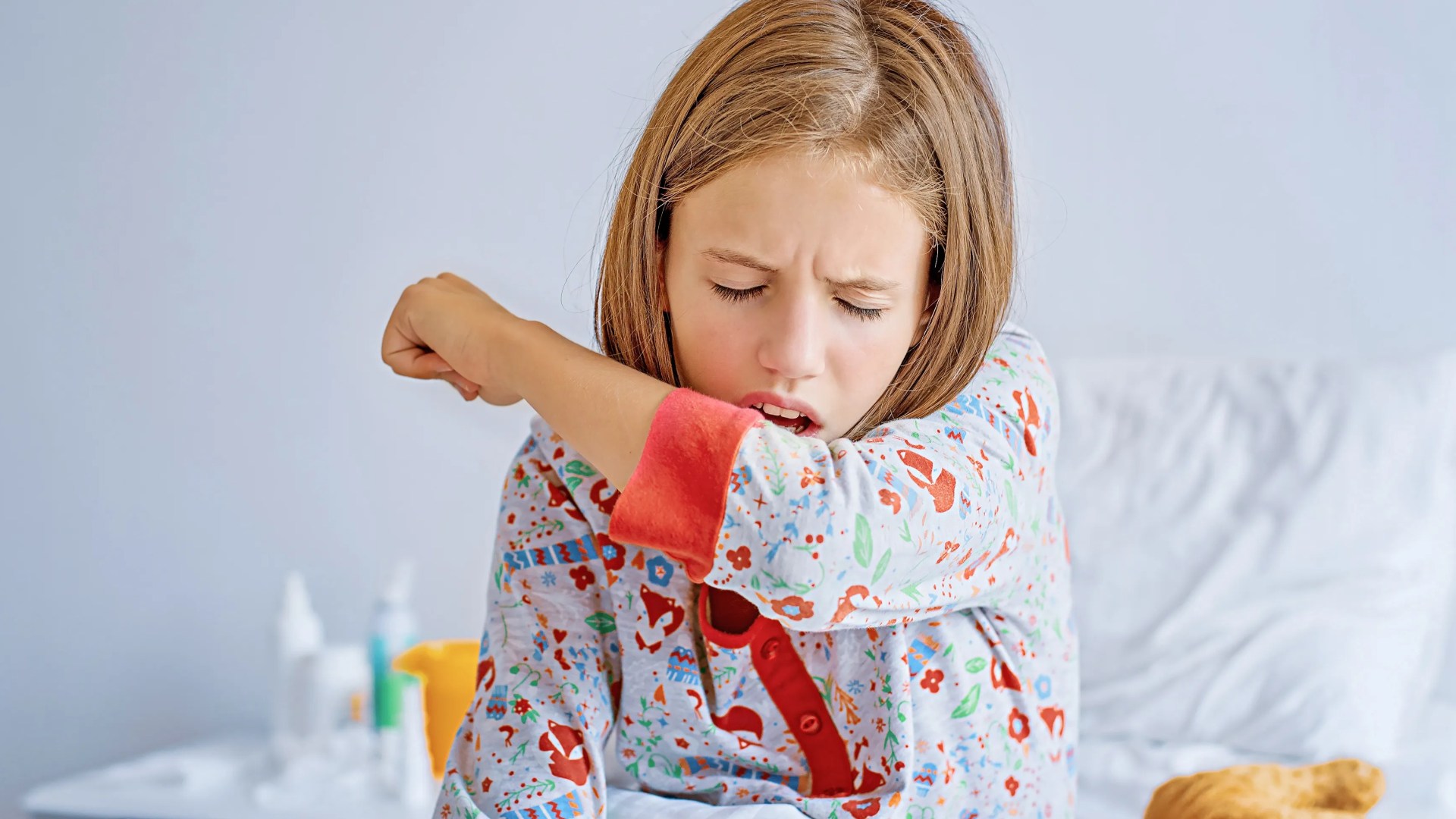KIDS are at risk of developing type 2 diabetes after Covid-19, more so than any other common cold bug.
The findings come as the UK faces a rise in Covid cases, with one in 10 in England and Wales caused by the new XEC strain.
1
There is no evidence so far the strain is more deadly, but data from the UK Health Security Agency (UKHSA) shows Covid hospital admissions are rising in England.
Researchers studied more than 600,000 children in the US aged between 10 and 19 years old who had either had Covid-19 or another respiratory infection in the first three years of the pandemic.
The risk of a new diagnosis of type 2 diabetes was significantly higher in the Covid-19 group from one month after infection.
They had around a 50 per cent higher chance of diagnosis one to three months after infection, jumping to 58 per cent at six months.
Read more on Covid and bugs
The risk doubled in children classed as overweight or obese, according to the findings published in the journal JAMA Network Open.
Whether the odds of a new diagnosis persist for longer than six months was not studied by the team at Case Western Reserve University School of Medicine, Ohio.
The researchers said type 2 diabetes was already reported as increasing among children – largely due to the obesity epidemic.
Parents have also anecdotally talked of their suspicions that their children’s brush with Covid let to their type 2 diabetes developing.
Type 2 diabetes is often referred to as a ‘silent killer’ because symptoms – such as going to the toilet more often or feeling tired – can often be assumed as common ailments.
It does not directly kill those who have it but can lead to conditions such as heart disease and stroke, as well as problems with vision, kidneys, and nerve damage.
More often than not, the condition is triggered by poor lifestyle habits like eating too much unhealthy food or not exercising.
Several research teams have shown that adults face an increased risk of diabetes diagnosis after contracting Covid-19.
For example, Canadian scientists said that those who have had Covid are more likely to develop new-onset type 2 diabetes.
However, a study of Brits by King’s College London suggested that after three months, the risk declined back to baseline levels.
Diabetes diagnoses were increased by 81 per cent in acute Covid-19 and remained elevated by 27 per cent from four to 12 weeks after infection, according to findings published in PLOS Medicine.
The researchers couldn’t say whether the short-term increase in risk is directly because of Covid infection or if there were undiagnosed cases among those who had Covid.
It comes as research last week suggested Covid “doubles risk of heart attack, stroke or dying up to three years later”.
Data from more than 10,000 Brits aged over 50 years revealed the danger is even higher among people with blood types A, B or AB compared to those with type O.
None of the participants were vaccinated at the time of infection because Covid-19 jabs were not yet available.
How can you prevent your child developing type 2 diabetes?
Factors such as ethnicity can increase the risk of type 2 diabetes.
But living with obesity and overweight is thought to be behind the rising number of children with type 2., says Diabetes UK.
If your child is very overweight, the NHS says there are things you can to help them get to a healthy weight.
This includes upping exercise, keeping portions to child-sized, and eating healthier foods.
Exercise doesn’t need to be any more than playing “it”, riding a bike, swimming or using a playground, so long as they are happy and moving.
“All children need about 60 minutes of physical activity a day for good health, but it doesn’t need to be all at once,” the NHS says.
Food wise, children should avoid eating too much of the same things that cause weight gain in adults – sweets, chocolate, crisps and cakes.
It’s important that as a parent, you also act as a good role model and try and get the whole family involved, so it doesn’t feel like your child is targeted.
It can be a scary time if your child is diagnosed with diabetes, but doctors will be there to support you.
Your child will get a treatment plan that you as a parent will be involved with administering – including insulin injections.
You will also have to keep a close eye on your child’s glucose levels to make sure they don’t become dangerously low or high.
On top of this, children with diabetes will need to eat a healthy diet and exercise is considered “incredibly important”, Diabetes UK says.
Symptoms of type 2 diabetes in children
The most common symptoms of type 1 and 2 diabetes in children are:
- Toilet — Going to the toilet a lot to pass urine, bed wetting by a previously dry child or heavier nappies in babies. Getting up in the night to go to the toilet.
- Thirsty — Being really thirsty and not being able to quench the thirst. Your child may ask for a drink more often, finish drinks very quickly or you may notice they generally drink more.
- Tired — Feeling more tired than usual. Having less energy than normal, not playing as often, less energy for sports
- Thinner — Losing weight or looking thinner than usual.
You may also notice your child getting more infections than usual.




